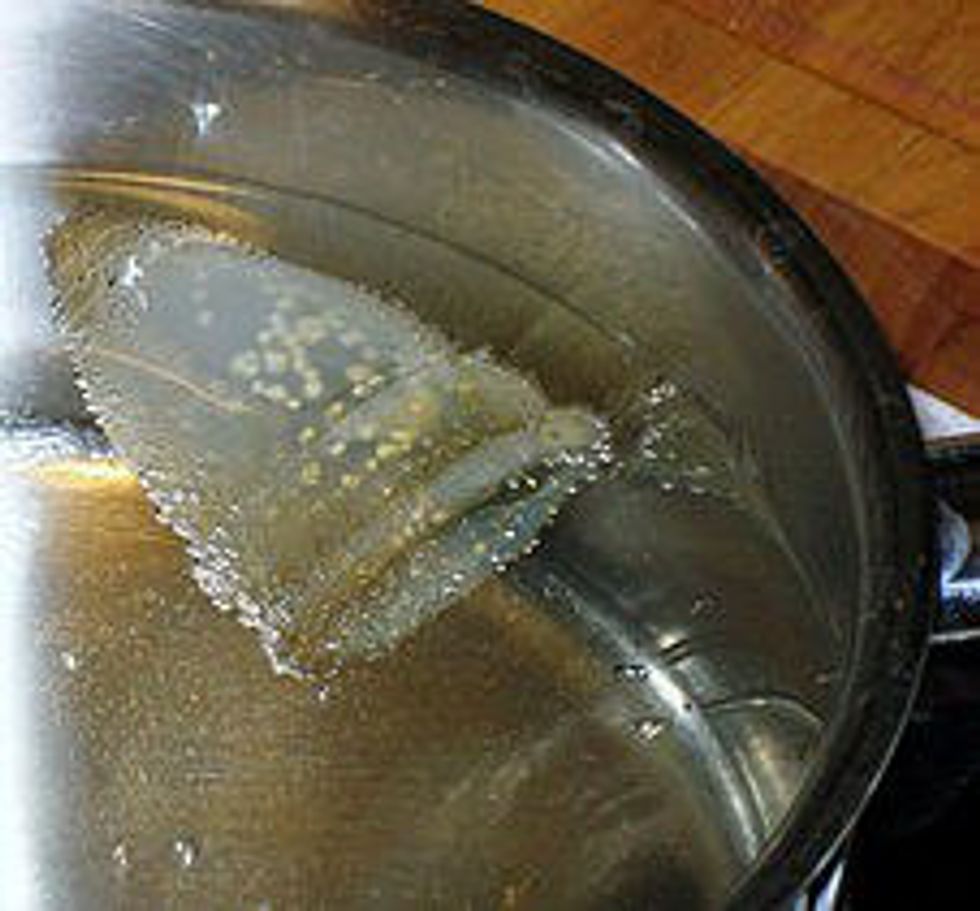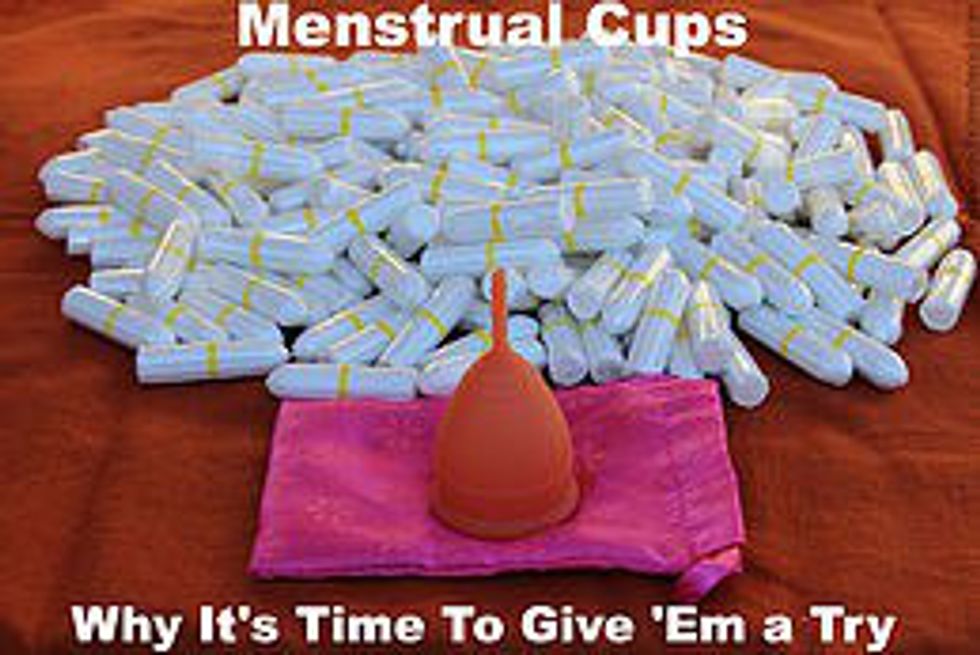Have you heard about menstrual cups? Because I hadn’t until a few months ago, though they have recently been garnering popularity. They’ve been around as long as the 1930s, but they have just recently been achieving wide commercial success.
What is it?
Menstrual cups are a type of feminine hygiene product shaped like a bell. Like a tampon, you place it inside your vagina during your menstruation to catch blood. They're often made of silicone.
How does it work?
During menstruation, you take the cup, fold it in half, and insert the cup into the vagina. Unlike tampons, menstrual cups can be worn both day and night. It is recommended that every six to twelve hours (depending on flow) you empty the collected menstrual blood into a toilet or sink, rinse the cup, and reinsert it.
Fold the cup like so
Do I have to clean it?
Luckily, because of the material, you don’t have to clean it during your menstruation. However, once your period has concluded, it is highly recommended that you clean your menstrual cup.
How do I clean it?
First, wash your hands thoroughly. Then, take the cup and clean it with either a specialty soap provided by the menstrual cup company, or a scent-free liquid soap. Once that’s completed, boil the cup in warm water for 5-10 minutes. Dry it off and store it for next time.
Boil Cup like this!
What types of menstrual cups are there?
There are a lot of companies that sell menstrual cups. Some more popular companies include: Diva Cup, Lunette, Anginan EvaCup, Keeper and Moon, Moon cup (separate company from Keeper and Moon), MeLuna Cup, IrisCup and Femmycycle.
Why should I use menstrual cups?
There are many benefits to using menstrual cups. Though they run for $25-$30, you can use them for over a year, which ultimately saves you money. They also create less waste; tampons and pads litter landfills, and take dozens of years to decompose. Menstrual cups don’t create nearly as much waste, and the silicone breaks down faster when you do finally dispose of it.
They’re easy to insert, more so than tampons. They are soft and have a texture that goes in smoothly and is comfortable to wear, unlike the dry cotton of tampons. You also have more time between changes. With pads and tampons, you have the change them every few hours, but with menstrual cups, you can leave them in for up to twelve hours at a time.
Even though they can stay in the vagina for long periods of time, studies have found no links between menstrual cups and any negative side effects. Unlike tampons, there is no risk of Toxic Shock Syndrome. Additionally, they don’t absorb any of the bacteria found naturally within the vagina, so it helps your vagina maintain a stable pH.
Are there any cons to using menstrual cups?
Some women find them to be messier since you have to remove the cup, empty it, rinse it out, and then reinsert it, whereas you can just throw pads and tampons away. Additionally, you have to figure out which size fits for you. If the menstrual cup is too big, it won’t fit in your vagina; if it’s too small, it won’t collect all the blood.
What if they aren't for me?
Not everyone finds menstrual cups satisfying, but they are both comfortable and financially intelligent decisions. For anyone with a vagina who has found themselves frustrated or dissatisfied with pads or tampons, or are looking to save both money and waste, I'd highly recommend looking into menstrual cups today.
Give them a try!

























